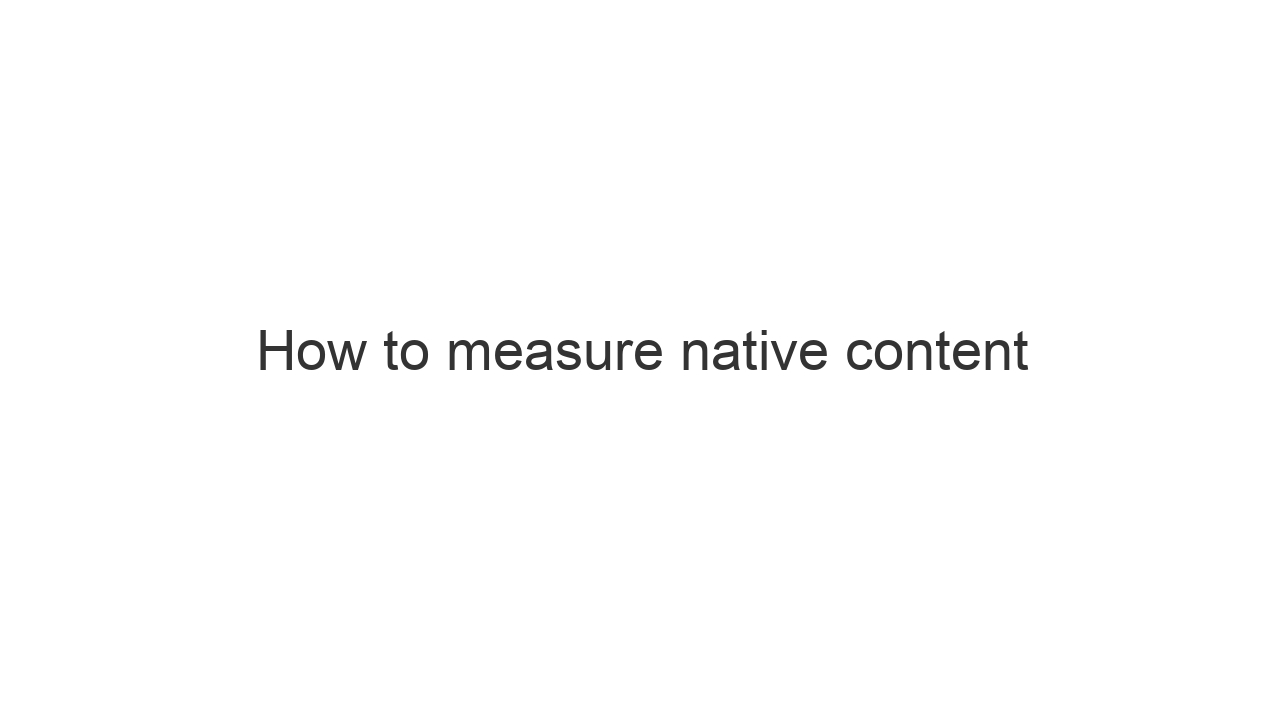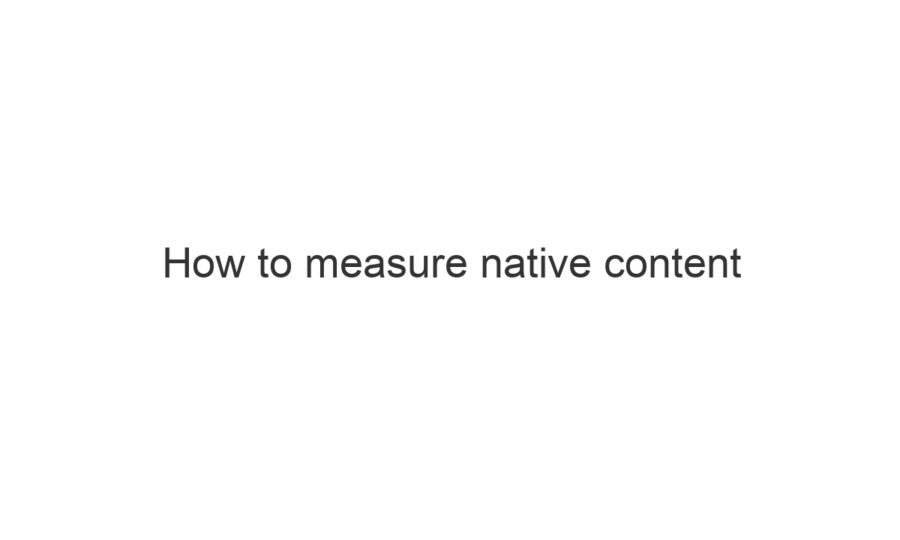Paid content has thrown a real spanner in the works. Brands were already skeptical of some of their display metrics, which is why viewability came about.
Now imagine all those banners turning in to paid content, it opens up flood gates of questions. Your content which has been produced for a specific objective is out there in the wild. On sites you can’t always see to people who you don’t know, on analytics you can’t access.
So, a few things to look for, to ensure your content is in the right place. We break it down to two overarching metrics: Reach and Quality.
Quality can be measured with Engagement or Avg Attention Minutes, depending on your contents objective.
Firstly you want to see how many people your content has reached. But also you want to very quickly ask the second question, what is the quality of that reach? Did the content meaningfully change their opinion.
Let me illustrate through a recent campaign we did with a fashion brand. They had bought a few pieces of content and normally they would use a tracking pixel to see how many people had viewed the content. On this campaign they utilized our tool Nudge Analytics.
What they found was that whilst they were reaching 10,000 people in their key market, few of them were reading the content.
The average attention minutes was a few seconds, which isn’t of value to the brand. They want to reach as many people as meaningfully as they can. If they’re not reading it, that investment is wasted.
Digging deeper earned impressions and virality are also important to report on. These help substantiate the value of the content by quantifying how the audience has responded. Benchmarking how much additional reach from people sharing the content uncovers how effective it is for the audience.
But for now, start with the topline people you’ve reached and the quality, and work down from that.
—
This is the first in a series of posts, on how to measure native content.

|
|---|

